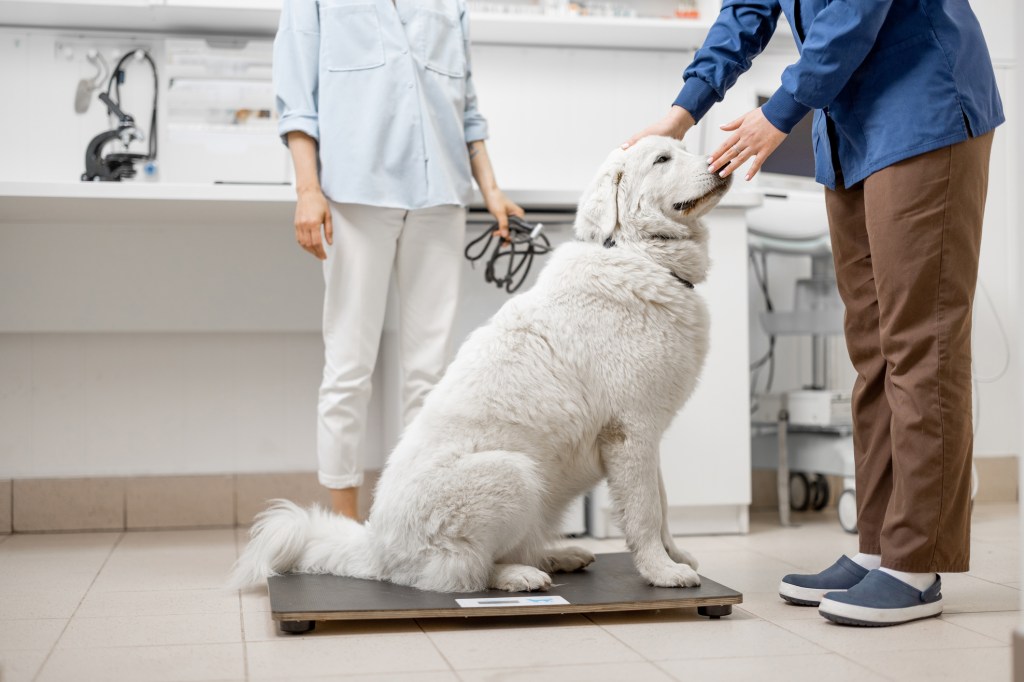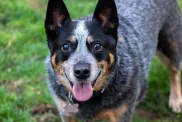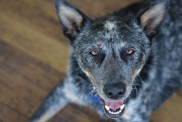Certain dog breeds have a predisposition towards hearty appetites. As a result, they may also be prone to weight gain, similar to humans. Just like in people, obesity in dogs can lead to various health issues. If you opt for a breed prone to packing on pounds, it’s essential to implement strategies to manage their weight effectively. This includes limiting treats, ensuring they receive sufficient exercise, and regulating their daily food intake by serving measured meals instead of leaving food accessible all day.
Consulting with your veterinarian about your dog’s diet is crucial. They can provide valuable insights and recommendations tailored to your pet’s specific needs to help maintain a healthy weight. Weight gain not only poses direct health risks but can also exacerbate existing conditions such as arthritis, leading to further complications if left unchecked. Thus, proactive management of your dog’s weight is integral to their overall well-being and longevity.
Ways to manage weight gain in dogs

To help your dog manage weight gain, start by consulting with your veterinarian to develop a safe and effective weight loss plan tailored to your pet’s individual needs. This may involve adjusting their diet to a lower calorie option or a specialized weight management formula. It may also include measuring their food portions to control calorie intake, and reducing the frequency of treats. Additionally, increasing their physical activity through regular exercise is essential for burning calories and promoting weight loss.
Identifying whether your dog is overweight involves assessing their body condition and observing for signs of excess weight. You can perform a simple visual and tactile evaluation by feeling their ribs and observing their waistline. In a healthy weight dog, you should be able to feel their ribs easily with a slight covering of fat. They should have a noticeable waist when viewed from above. If your dog is overweight, you may observe visible signs such as a lack of a defined waist, a rounded or bulging abdomen, difficulty moving or breathing, or reduced energy levels.

























